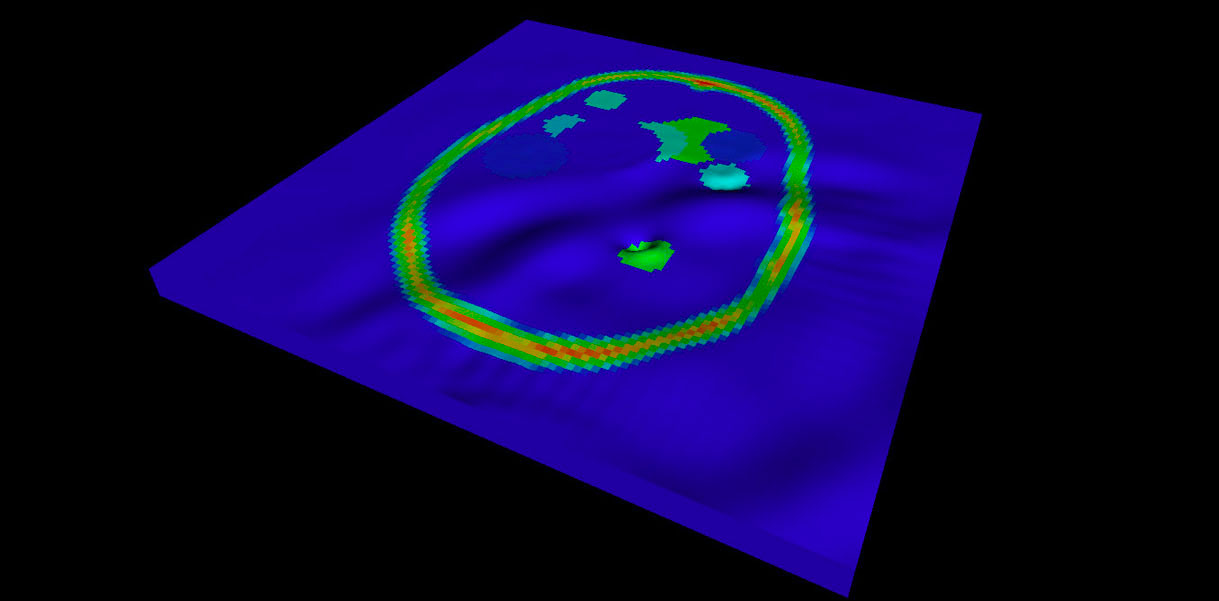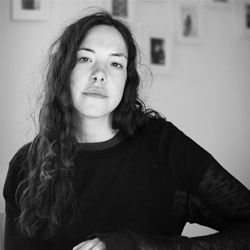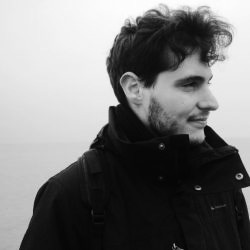Artist Melanie King takes you inside the brain to listen to ultrasound waves travelling through the organ. The piece is created using data from a simulation experiment in which the human brain is modelled using mathematics. Each sound motif correlates to the ultrasound wave passing through a different structure, from blood vessels to neurons.
Melanie is consistently inspired by the innovation and hope that science brings. She was excited by the opportunity to communicate the potential of ultrasound to improve lives by diagnosing strokes at a much faster speed, as well as by the chance to create unique artworks.






